Many strange things happen in the world that do not have satisfying explanations. In this Top 10 ranking, we will look at the opposite side of that coin; strange things that have happened that eventually were able to be explained. These Top 10 Paranormal Occurrences that Were Exposed as Hoaxes have been proven by numerous experts–at least proven enough to satisfy most people–to have been complete and total frauds. Some of these hoaxes were more long-living than others, having been pulled off masterfully; but, regardless, all of these turned out to be hoaxes.
10: Uri Geller
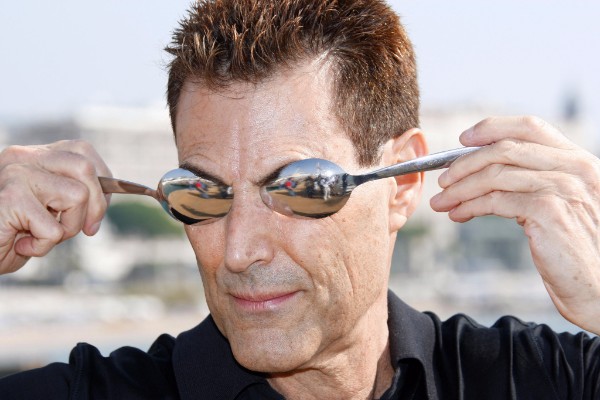
Uri Geller is an Israeli magician, television personality and a self-proclaimed psychic. He is well known for his trademark television performances of spoon bending and various other similar illusions. Although many experts frequently claim that Geller has used several conjuring tricks to simulate the effects of psychokinesis and telepathy, Uri Geller has consistently denied these allegations.
Uri Geller has been exposed as a fraud numerous times. Geller simply uses sleight-of-hand and illusionary tricks during his performance, not real telekinesis powers. As an aside, Uri Geller previously sued Nintendo over the Pokémon species known in the English localizations as “Kadabra,” which he claimed was an unauthorized appropriation of his identity. Come on, Uri, you don’t own the concept of holding bent spoons.
9: The Fox Sisters

The Fox sisters were a trio of sisters (Maggie, Kate, and Leah) that were from New York. The three sisters played a significant role in the creation of Spiritualism. The two younger sisters used “rappings” to convince their much older sister and many others that they were communicating with spirits from the beyond. Their older sister then took charge of them and began to manage their careers as mediums for many years. All three sisters enjoyed massive success as respected mediums for many years.
However, in 1851, Mrs. Norman Culver–a relative of the Fox family–admitted in a signed confession that she had assisted the Fox sisters during their séances by touching them to alert them when the raps should be made. Mr.s Culver also claimed that Kate and Margaret revealed to her the method of producing the raps, which was apparently done by snapping their toes and using their knees and ankles to make the knocking noises. The Fox Sisters were Happy Mediums for a majority of their lives, despite being total frauds.
8: Mumler’s Spirit Photography

William H. Mumler was an American spirit photographer who worked primarily in New York City, New York and Boston, Massachusetts. The first spirit photograph that Mumler produced was a self-portrait which developed to show his deceased cousin in the background supposedly. Mumler then left his job as a jeweler, instead opting to work as a full-time photographer. As a photographer, Mumler took advantage of the large number of people in the area who had lost relatives during the American Civil War. Perhaps the most famous Mumler photograph is the picture of Mary Todd Lincoln with the ghost of her husband, Abraham Lincoln.
After being accused of various hoaxes and shady activities, he was taken to court for fraud, with famous showman P. T. Barnum testifying against him. Although Mumler was found not guilty, his career was over, and he ultimately died in poverty. Today, Mumler’s photos are well known to be quality fakes. We guess Mumler shot the pictures, and ghosts weren’t to blame. Mumler gives the paranormal a bad name.
7: The Faces of Bélmez
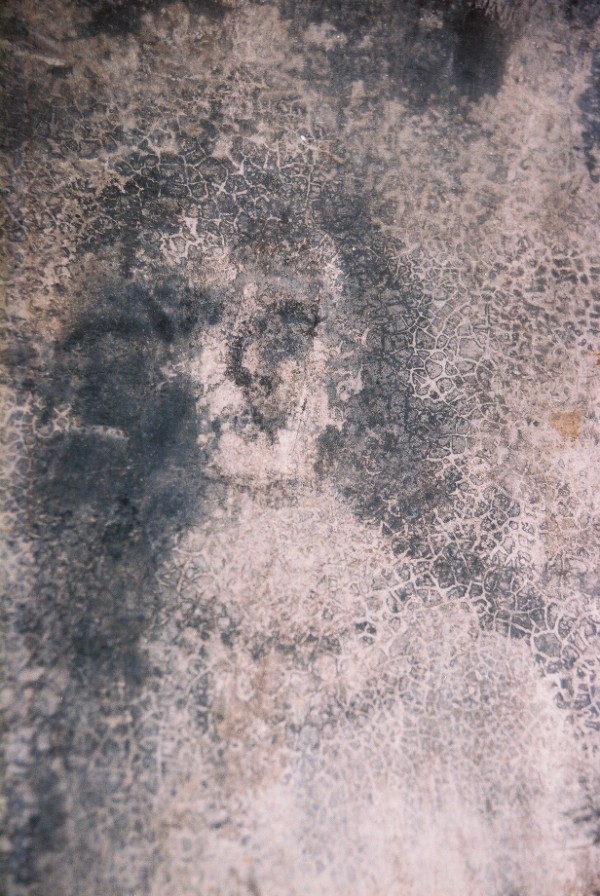
The Bélmez Faces–also known as the Faces of Bélmez–is an alleged paranormal phenomenon that took place in a private house in Spain and which started in 1971 when residents living in the house began claiming that images of faces would appear on the concrete floor of the house. These likenesses have continuously formed and disappeared on the floor of the home.
Skeptical investigator Joe Nickell has written in the past that the Bélmez Faces were deliberately faked by the residents of the house and that the faces looked very amateurish in their design and execution. Brian Dunning of the popular podcast Skeptoid has written that “…the faces were shown to have been painted on the concrete floor, the first with paint and later with acid, and the woman living in the house found to be perpetrating a hoax on the public for financial gain.” This paranormal activity has been debunked to the satisfaction of many experts. Who knew that arts and crafts time could cause so much controversy?
6: Simon Magus (Simon the Sorcerer, Simon the Magician)

During the early years of Christianity, Simon Magus would travel around the countryside and claim to anyone that would listen that he possessed the great power of God. He would trick these listeners into believing him through the use of his “magic arts.” Simon would later be baptized into Christianity and, as he began to witness the miracles performed by the apostles, he started to offer them money and riches in exchange for them to show him how to produce their magic so he could enhance his own “powers” that he displayed during his shows, where he presented himself as Simon the Sorcerer and Simon the Magician.
Simon Magus would later be rebuked by Saint Peter, and he became a nemesis to all of the apostles of Jesus. The Apocrypha contains accounts of Simon Magus rising in power and seeking to win the favor of Emperor Nero, which would ultimately be thwarted. Writers of the early church almost universally depict him as the first heretic, and many dubbed him the “Father of Heresies.”
5: The Cottingley Fairies

The Cottingley Fairies appear in a series of five photographs that were taken in 1917 by Elsie Wright and Frances Griffiths, two young cousins who lived in Cottingley, England. The pictures were brought to the attention of writer Sir Arthur Conan Doyle, who used them to illustrate an article on fairies that he had been commissioned to write for the 1920 Christmas edition of The Strand Magazine.
In 1983, the two cousins admitted in an article that was published in the magazine The Unexplained that the photographs had been faked, although both maintained that they really had seen fairies. Elsie had copied illustrations of dancing girls from a popular children’s book of the time, Princess Mary’s Gift Book and drew wings onto them for the photographs.
4: The Patterson Bigfoot
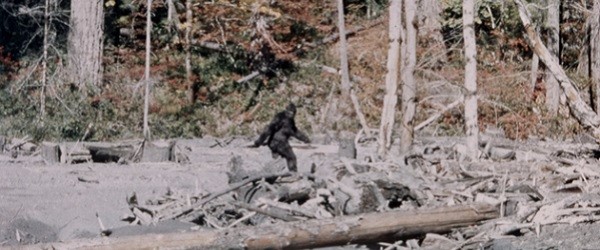
The Patterson–Gimlin film (which is also commonly known as the Patterson film or the PGF) is a famous American short motion picture of an unidentified subject which the filmmakers have claimed to be Bigfoot. The footage was shot in 1967 in Northern California and has since been subjected to many expert and novice attempts to either authenticate or debunk it. The filmmakers were Roger Patterson and Robert “Bob” Gimlin. Patterson died of cancer in 1972 and maintained right to the end that the creature in the film was real. Gimlin has always denied being involved in any part of a hoax with Patterson or others.
Many experts have debunked the film as a hoax based on the gait and movements of the supposed Bigfoot. There is no definitive proof that the clip is a hoax, due to the fact that the two filmmakers have never confessed; however, the Patterson Bigfoot is widely accepted to be a well-made fraud.
3: Loch Ness Monster “Surgeon’s” Photo
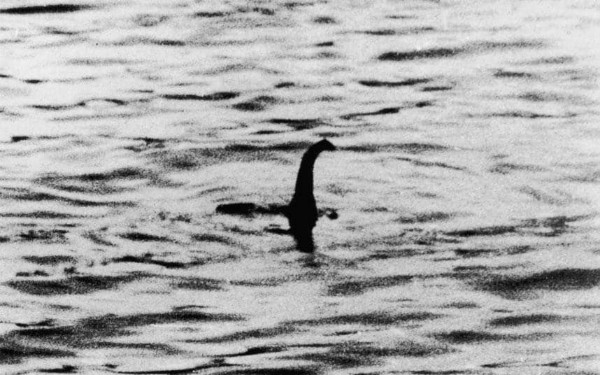
The “Surgeon’s Photograph” is reportedly the very first photo of the Loch Ness Monster’s head and neck. The photo was taken by Robert Kenneth Wilson, who was a London-based gynecologist, and it was published in the Daily Mail in 1934. Dr. Wilson’s refusal to have his name associated with the photograph led to it being known as the “Surgeon’s Photograph” by many sources. According to Wilson, he was looking at the Loch when he saw the monster, so he decided to take a few photos. Only two of exposures came out clearly; the first depicts a small head and back, and the second shows a similar head that is in a diving position. The first photo became well-known, but the second was too blurry to garner the same attention.
The creature in the photo turned out to be a toy submarine that was built by Christian Spurling, the son-in-law of Marmaduke Wetherell. Wetherell had been publicly ridiculed by his employer, the Daily Mail, after he found “Nessie footprints” which would turn out to also be a hoax. To get revenge on the Daily Mail, Marmaduke Wetherell perpetrated his hoax with co-conspirators Christian Spurling (who worked as a sculpture specialist), Ian Wetherell (Marmaduke’s son, who bought the material for the fake Loch Ness Monster) and Maurice Chambers (who was an insurance agent).
2: 1947 “Alien Autopsy” Footage
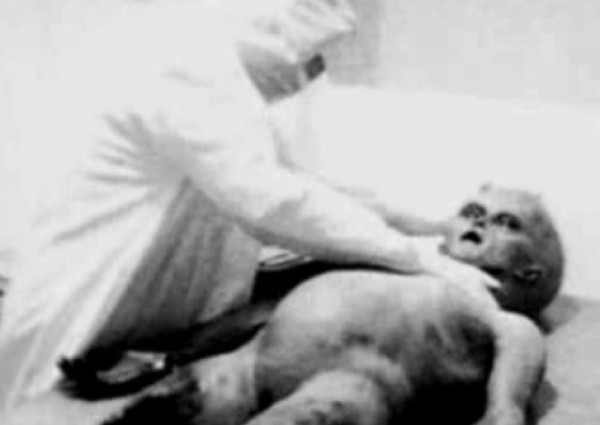
The Alien Autopsy is a 17-minute black and white film that was released in 1995 and that features a medical autopsy of an extraterrestrial The film was released in 1995 by London-based entrepreneur Ray Santilli. Santilli presented it as an official autopsy on the body of an alien that was recovered from the 1947 crash of a UFO near the town of Roswell, New Mexico. The film footage was supposedly given to him by a retired military cameraman who wished to remain anonymous in the media.
In 2006 Santilli admitted the film was a fraud, and that it was a staged reconstruction of footage that he claimed to have viewed previously in 1992, which had deteriorated and become unusable by the time he made his film. Santilli also argued that a few frames from the original autopsy film were embedded in his recreated film, but he never actually specified which ones.
1: The Amityville Horror
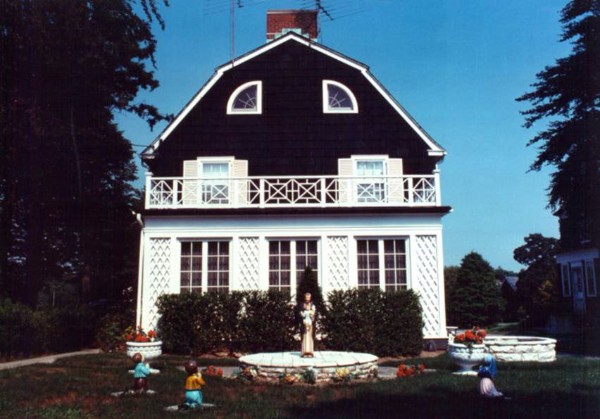
On November 13, 1974, Ronald DeFeo, Jr. shot and killed six members of his family at 112 Ocean Avenue in Amityville in the State of New York. He was convicted of second-degree murder in November 1975. In December of 1975, George and Kathy Lutz and their three young children moved into the house. After living there for 28 days, the Lutzes left the house. The Lutzes claimed to have been terrorized by paranormal phenomena for the 28 days that they lived there.
The debate about the accuracy of the story surrounding The Amityville Horror continues many years after the supposed events took place, despite the lack of evidence to corroborate much of the story. The various owners of the house since the Lutz family left in 1976 have reported having absolutely no problems with the house while living there. For example, James Cromarty–who bought the house in 1977 and lived there with his wife Barbara for about a decade–commented that “..nothing weird ever happened, except for people coming by because of the book and the movie.” Honestly, all of the unwanted fan attention over our house would be enough to make us move away, ghosts or not.

